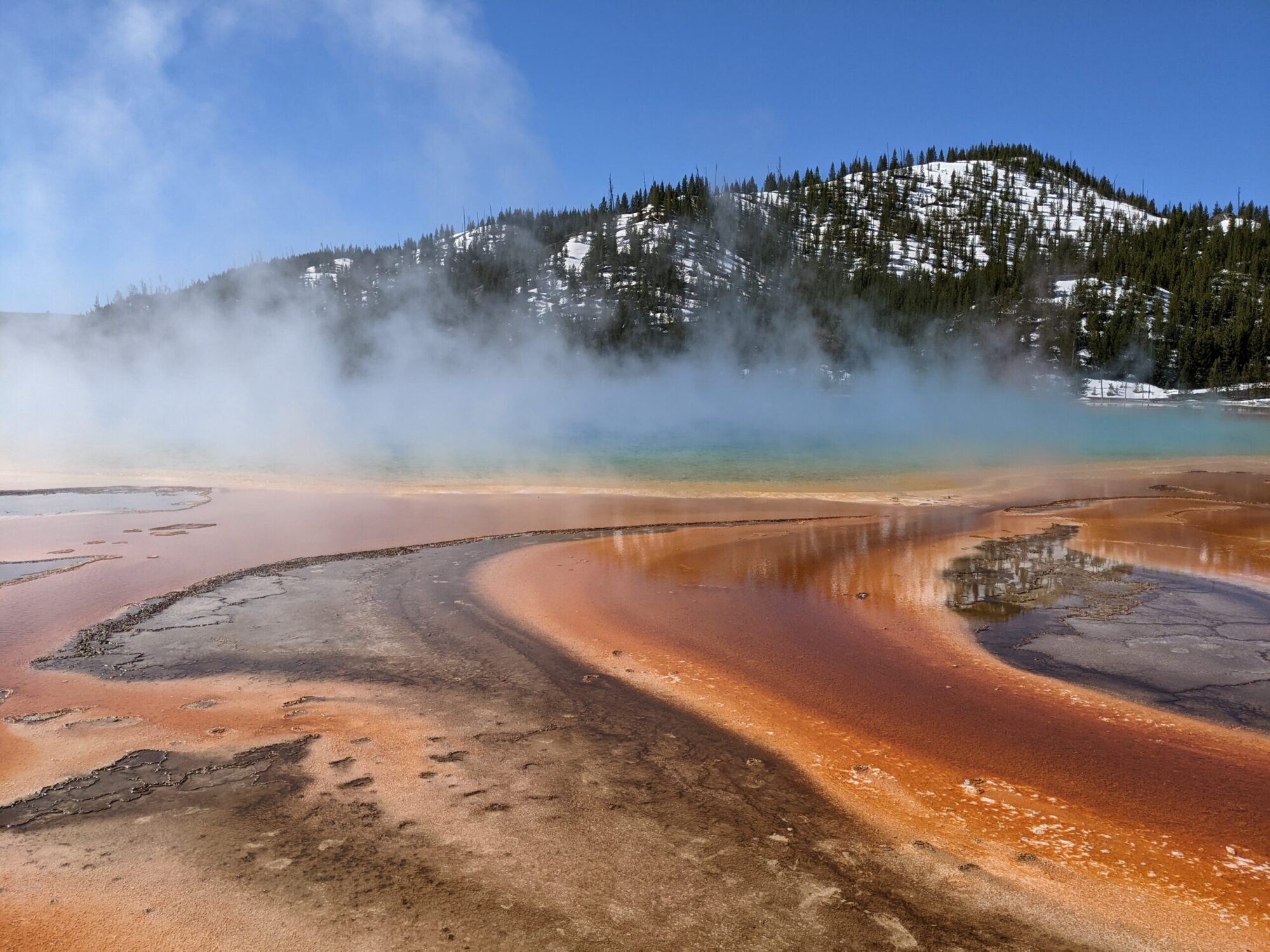
Yeah, I know: we already did a “Day Five” post…but it didn’t really address Portland. Part of the genius of this Oregon Trail adventure of ours was that it would take us out to the Pacific coast, allowing us to see Portland, the Redwood Forest, and San Francisco before returning home via boring interstate highways.
We stayed at a Ramada in Portland for a few nights, getting much needed rest in actual beds with actual Wifi access (i.e. things we hadn’t really experienced for the previous 4 days…). On Friday, July 10th, we explored Portland (and visited Oregon City in the morning).
Parking was something of an issue. We tried heading up from Oregon City directly into Portland (15 min drive?), but quickly discovered that parking in downtown Portland on a Friday after 10:00 am is all but impossible for a reasonable price (or really, at all, for any price). So, we drove around a bit before deciding to head back to the hotel, where we could leave the car and hop on their light-rail system to hit downtown. Yes, it was backtracking and, yes, it took 45 min to take the train to get downtown. But, once we were there, our lives were much easier.

It appears that you can’t throw a rock without hitting a brewery in Portland and, while I would have loved to spend the day just hitting every brewery we could, that would have limited our ability to do other things (we’ll have to go back!). Thus, we stopped by Deschutes Brewery for some appetizers and a few beers. They’re a national brewery, at this point, but the stuff we tried isn’t bottled and is more limited to the Portland region. It felt a lot like Schlafly Bottleworks, though I’m sure Schlafly modeled themselves after northwestern breweries when they formed decades ago.

Near the brewery, we also stopped at Powell’s City of Books. Yes, it’s “just” a bookstore, but it’s a really big one that takes up a full city block and is a few stories tall. Just about any book you could imagine was here. We picked up a few books for the kids as souvenirs (parents of the year!), but were really just in awe of how many books you could cram into this space. Definitely worth a stop if you’re in town.

As we were in Portland, we also had to partake in local coffee wares. Much like beer, the options for coffee in Portland are almost limitless, but it sounded like Stumptown Coffee Roasters are perhaps best-known and end up providing a lot of their beans to the other coffee houses in town. In the end, it was really just a regular ol’ coffee shop, but at least we can say we had fresh coffee in Portland, right?

We walked by Pioneer Square on our way to dinner. I guess this is their equivalent of Jackson Square in New Orleans, a location where you may hear live music, where there are local street vendors with food and souvenirs, and just a general gathering place for tourists. Really, we just walked on by after seeing it…

The last thing we did was eat dinner. Believe you me, the options in Portland are wide and ranging, but considering we’d had fast food, American-style food, Italian food (Brooke did, at least…) and knew we’d have Mexican down in San Francisco, we figured something more Asian would be a good idea for a change. Luc Lac Vietnamese Kitchen had a lot of great reviews on the intertubes and we had a recommendation from a Portlander, so we gave it a go. The place was packed, and it only got worse after we got our table…and we were there around 4:30 or 5:00 pm. We got a smattering of different dishes (the small plates above were $2 each) for exposure to a lot of options. Good stuff!
After that, we went back to the hotel. By this point, we were ready to just chill for the rest of the night, as we’d be hitting the road again toward San Francisco shortly…









































